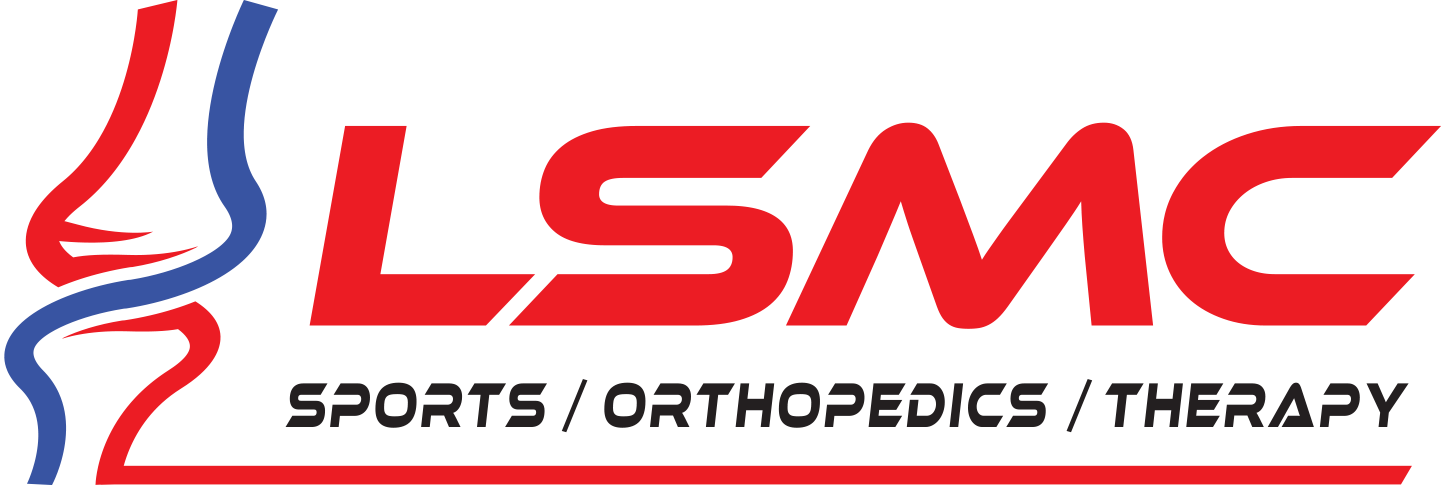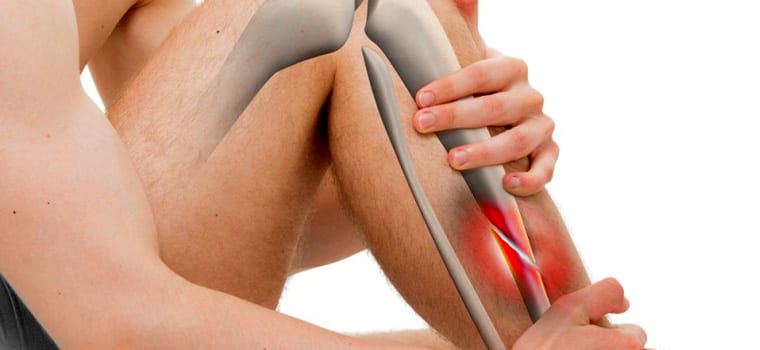There are 206 bones in the human body. They come in many shapes in sizes, molded generation after generation to articulate with one another providing support for the body. Bone is composed of hard dense tissue, blood vessels, and nerves. Bones anchor muscles and oppose muscle contractions allowing a limb to move. As tough as they are, bones are susceptible to a wide variety of injuries.
Bone Bruise
The compressive forces that occur during an injury may break the small blood vessels and associated bone tissue leaking their contents into the surrounding regions and producing a broad swollen tender area for several weeks. Unlike superficial bruises to the skin, bone bruises seldom cause any visible discoloration. The National Institutes of Health warn that due to the increased swelling and tenderness around the site of a bone bruise, it may become necessary for a physician to order an x-ray examination to determine if the bone has fractured.
Bowing Fracture
The arm and leg bones of young children are much more elastic than those of adolescents and adults. This is due to the incremental ossification of long bones through early development, as soft flexible cartilage gradually becomes replaced by hard rigid bone. In very young children, accidents may result in a bowing fracture where the bone bends, and generally stays bowed, but doesn’t break, says the KidsHealth website. The deformity proves painful for the child and can be readily diagnosed by and x-ray.
Greenstick FractureComminuted Fracture
Fractures caused by severe force or crushing injuries often result in comminuted fractures where the bone breaks into three or more complete pieces, says KidsHealth. Comminuted fractures occur more commonly in the larger bones of the body including those of the arms, legs, pelvis, ribs and skull. Elderly individuals and those with conditions that make the bones more brittle remain more susceptible to comminuted fractures. The complexity of the break makes this type of fracture especially difficult to treat. Surgery is often required to reassemble the bone fragments and re-set them with screws and plates.
Open Fracture
A fracture in which one of the broken bones pierces the skins is termed an open fracture, says the American Academy of Orthopaedic Surgeons. Open fractures require immediate treatment and often require surgery to re-set the bone fragments and repair the damaged flesh. Infection proves a concern with open fractures as the wounds are deep and exposed the environment.
Depressed Fracture
Flat bones such as those that make up the skull prove susceptible to depressed fractures. These typically comminuted fractures typically the result because of a blunt force trauma that displaces the broken bone inwards toward the brain. Surgery is required in case the impacted bone fragments have injured the brain or are placing additional pressure inside the skull according to the American Academy of Orthopaedic Surgeons.
Avulsion Fracture
Ligaments and tendons are tough biological fibers that firmly attach to bone. Avulsion fractures occur when a breaks because of forces pulling on an attached ligament or tendon. Avulsion fractures occur mostly around the pelvis and occur more in children than adults, according to the American Academy of Orthopaedic Surgeons. While actively growing, children have a well-defined growth plate that produces new bone and where bones continue to grow and lengthen. These growth plates prove weaker than the surrounding bone and more susceptible to avulsion fractures.










